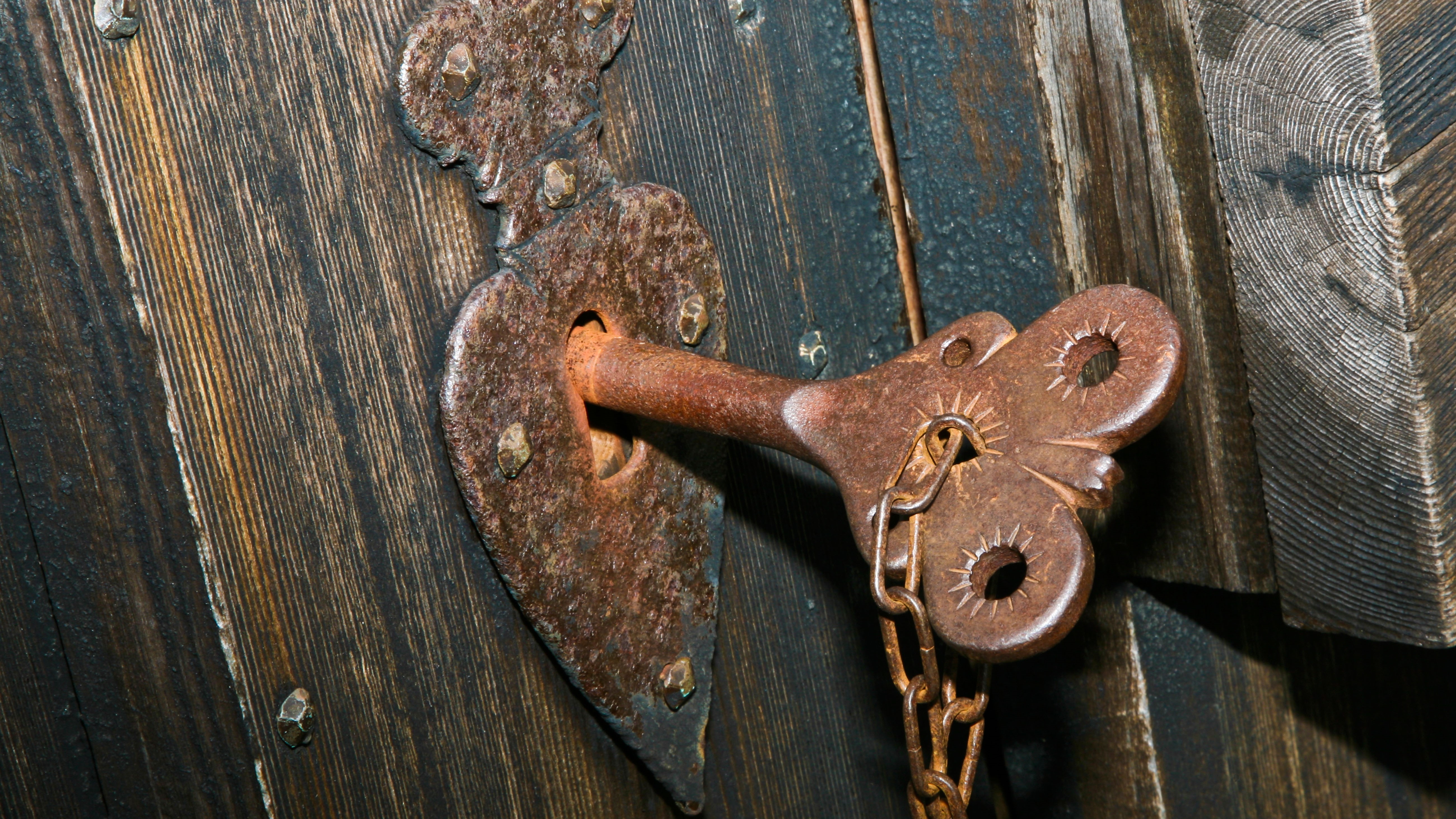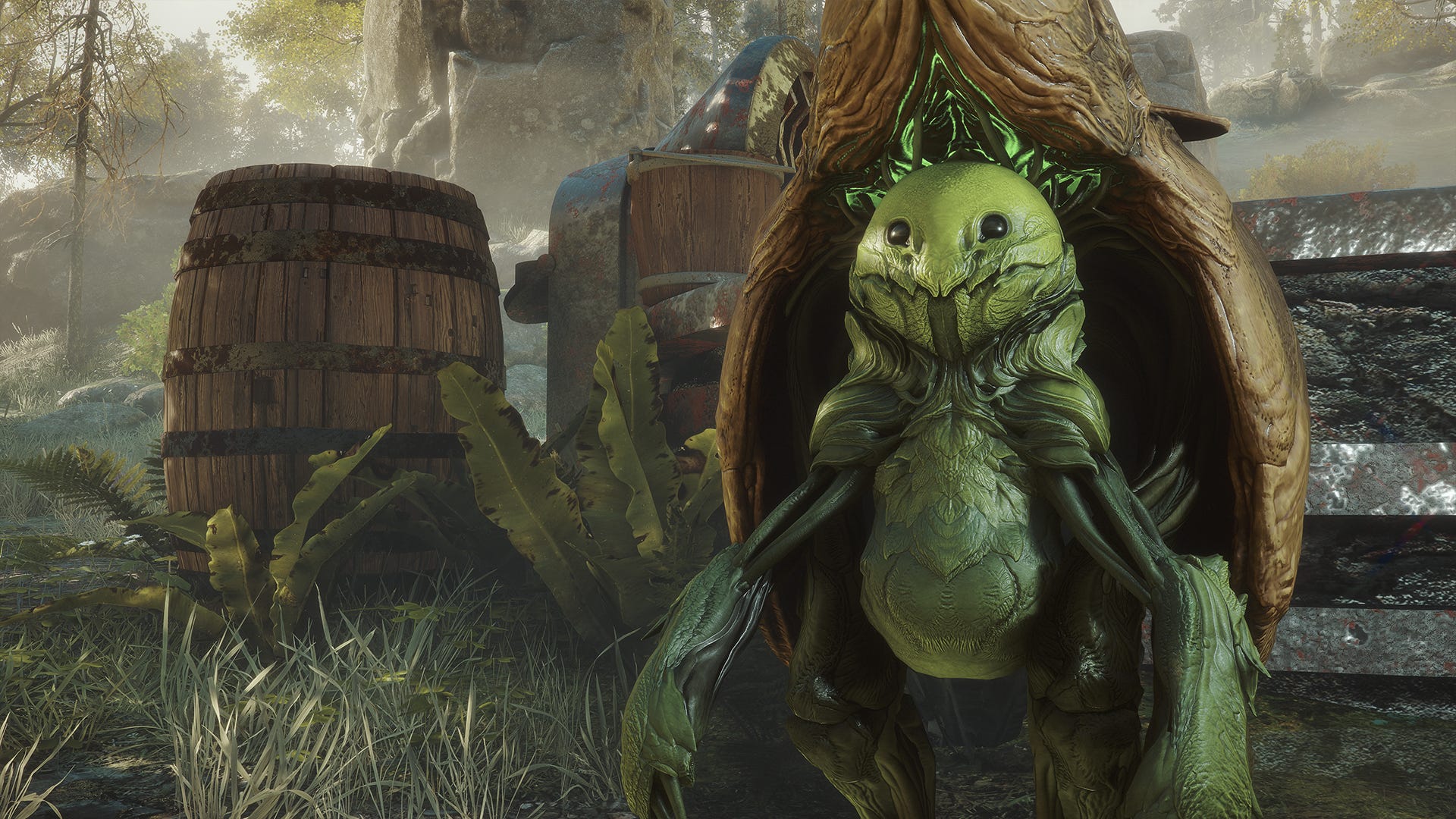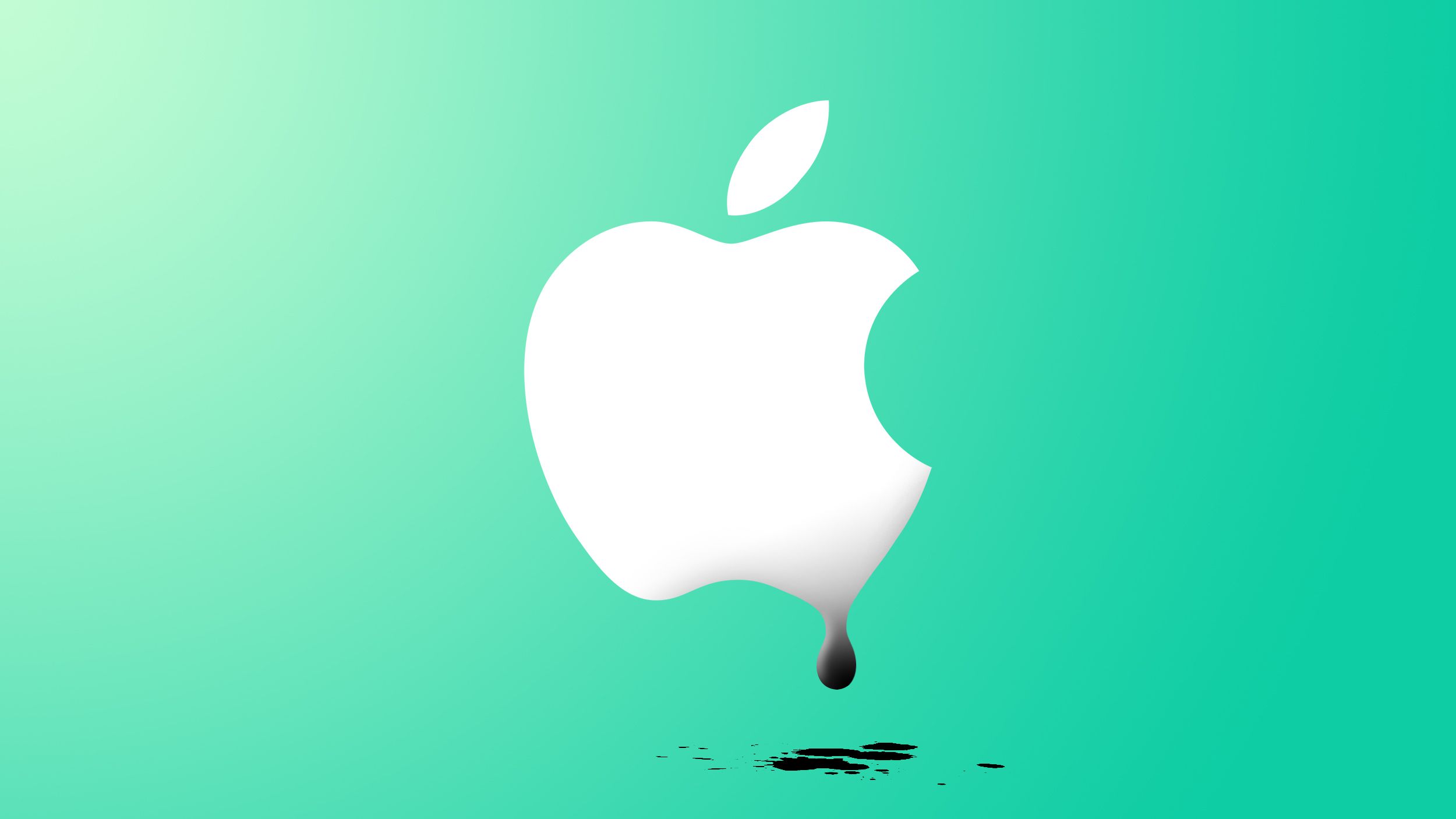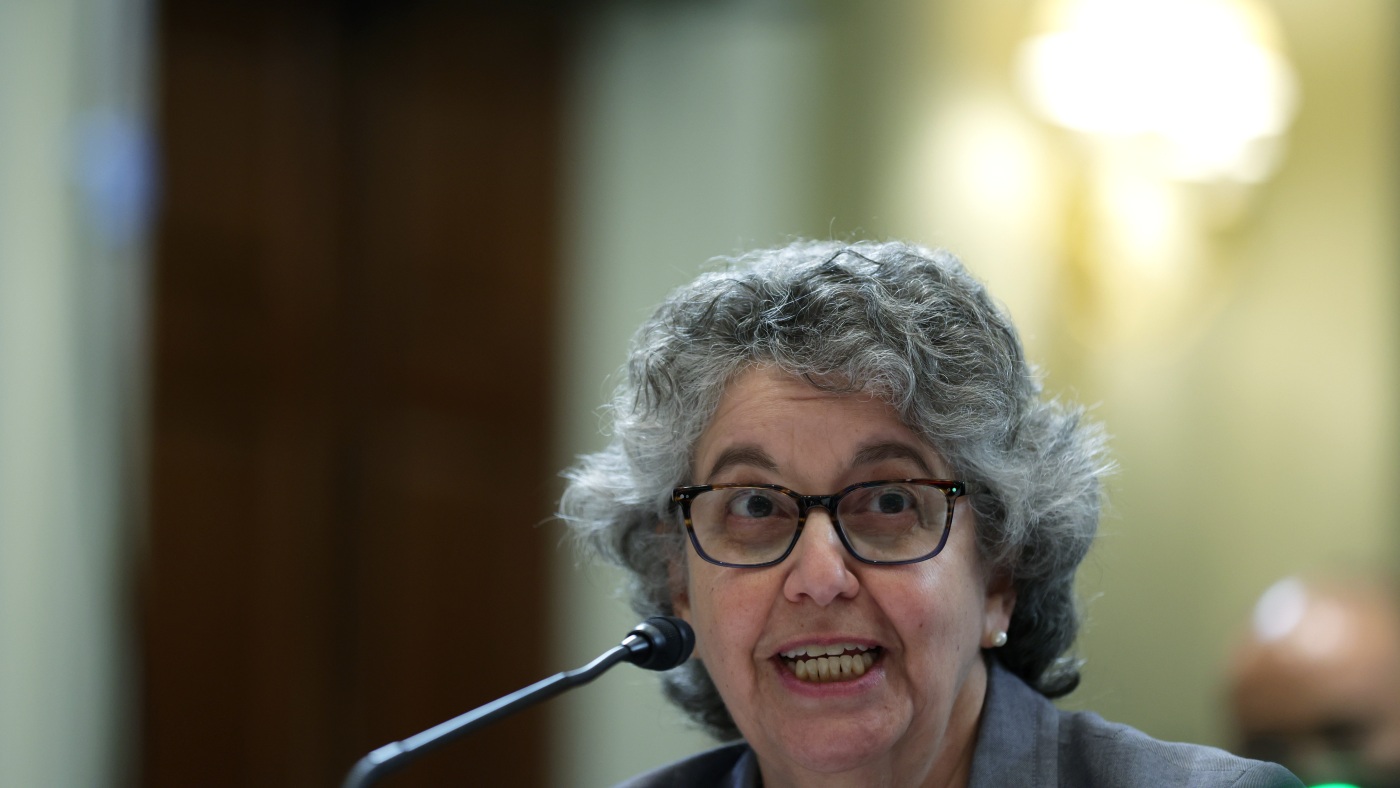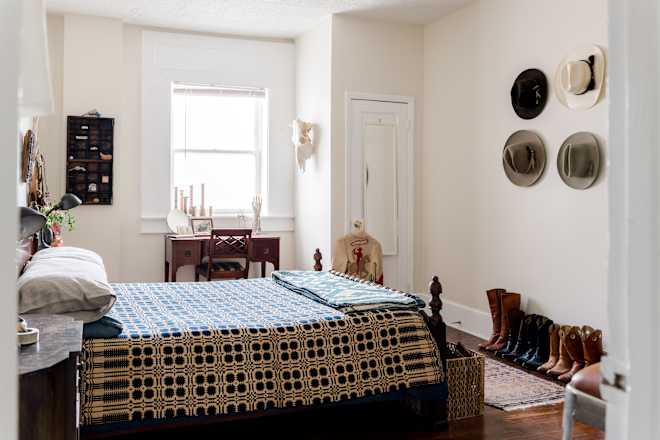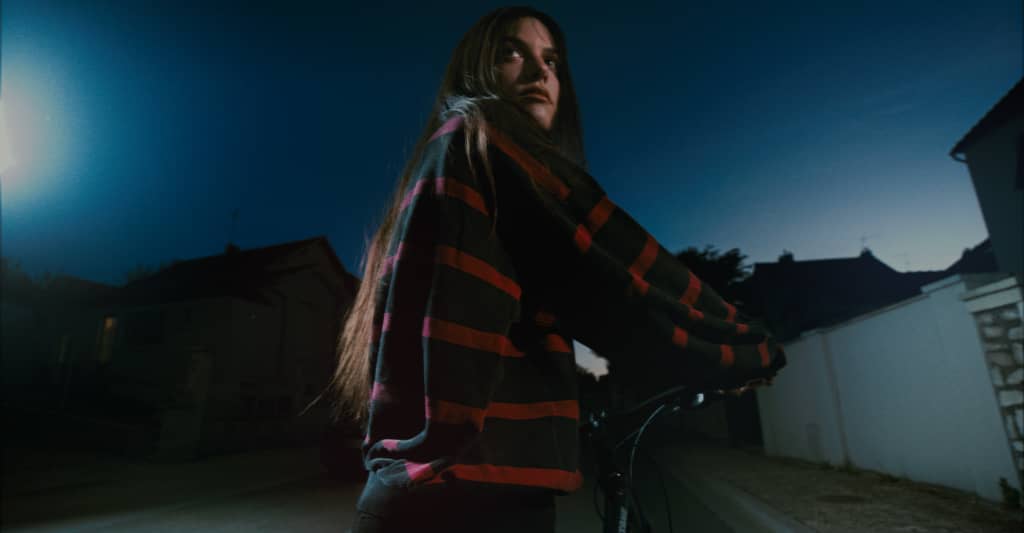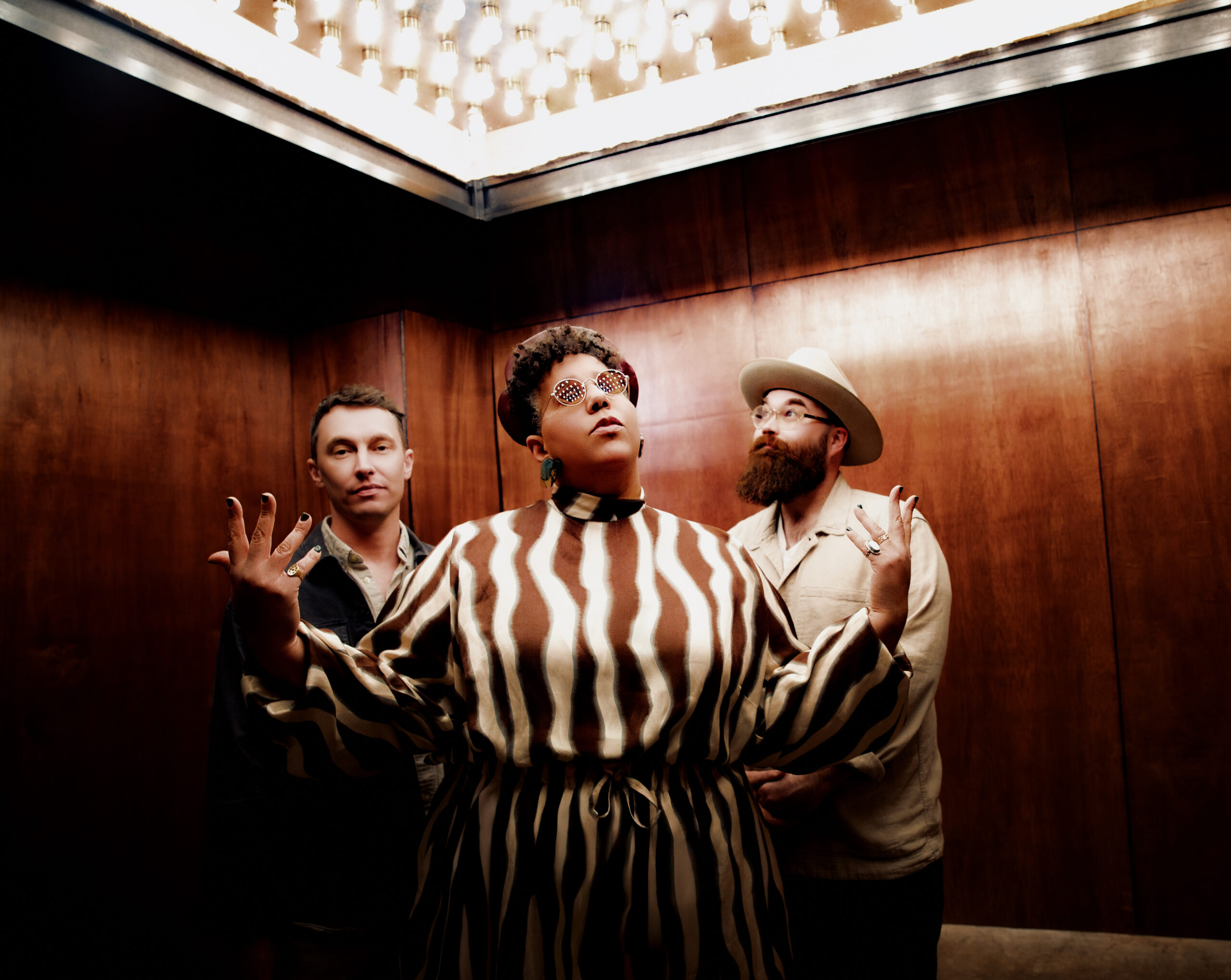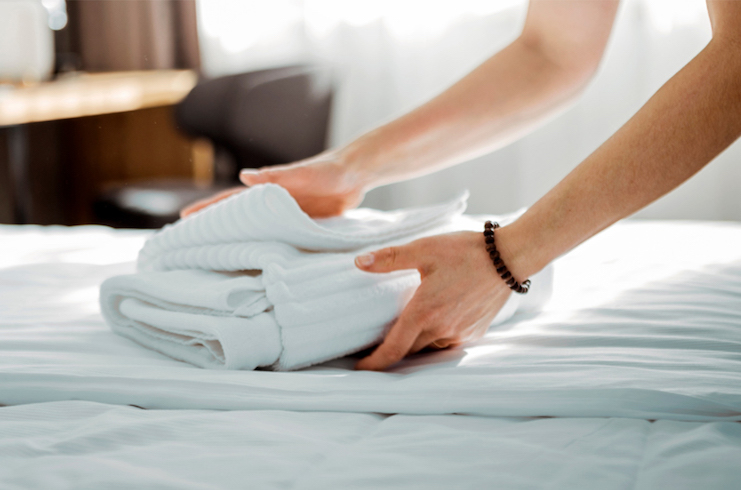Questionable Cure-Alls: Our Favorite Reads
Throughout history, medical treatments have taken many different forms. Some were made from herbs and oils, while others were a bit more adventurous—or downright dangerous. In fact, humans skulls, powdered hair, and bile beans were all once popular cure-alls. If you want to learn more about types of medicine you definitely shouldn’t try at home, here are some articles the doctor ordered. European ‘Corpse Medicine’ Promised Better Health Through Cannibalism By Natalie Zarrelli In 17th century England, patients with ailments ranging from a stomachache to gout were sometimes prescribed a remedy made of human remains. Corpse medicine, as it was called, could be anything from eating powdered hair (to treat jaundice) to the topical treatment of moss grown on a human skull (thought to stop persistent bleeding). The ‘Father of American Neurology’ Prescribed Women Months of Motionless Milk-Drinking By Abbey Perreault Designed to treat fatigue, the “rest cure,” from the 19th century, consisted of staying in bed and drinking an absurd amount of milk for months on end. A neurologist from Pennsylvania formulated this treatment for women who needed to recover from the demands of a quickly advancing society. His patients included Virginia Woolf and Charlotte Perkins Gilman. Europeans Once Drank Distilled Human Skulls as Medicine By Diana Hubbell In 1685, King Charles II suffered a stroke, leaving him on his deathbed. Doctors tried all sorts of remedies to save him, including one consisting of a crucial ingredient: five pounds of crushed human skulls. Unsurprisingly, King’s Drops—as they came to be known—did not save him, nor the people who picked up the trend in his wake. The 1800s Medical Device That Promised Cures by Repeatedly Stabbing Patients By Lauren Young In 19th century Germany, individuals experiencing ailments like sleeplessness or yellow fever could try a newfangled cure: the Lebenswecker, or Resuscitator. Introduced in 1847, this sleek, ebony-wood staff was used to launch 30 springloaded needles into the skin, producing oozing welts thought to release pain and poison from the body. Bile Beans, the Incognito Laxative That Claimed to Be a Cure-All By Cara Giaimo Bile Beans, despite being medically useless, were widely used around the world in the early 1900s. Indeed, these odorous candies were marketed as a cure for anything from headaches to blackheads.

Throughout history, medical treatments have taken many different forms. Some were made from herbs and oils, while others were a bit more adventurous—or downright dangerous. In fact, humans skulls, powdered hair, and bile beans were all once popular cure-alls.
If you want to learn more about types of medicine you definitely shouldn’t try at home, here are some articles the doctor ordered.
European ‘Corpse Medicine’ Promised Better Health Through Cannibalism
By Natalie Zarrelli
In 17th century England, patients with ailments ranging from a stomachache to gout were sometimes prescribed a remedy made of human remains. Corpse medicine, as it was called, could be anything from eating powdered hair (to treat jaundice) to the topical treatment of moss grown on a human skull (thought to stop persistent bleeding).
The ‘Father of American Neurology’ Prescribed Women Months of Motionless Milk-Drinking
By Abbey Perreault
Designed to treat fatigue, the “rest cure,” from the 19th century, consisted of staying in bed and drinking an absurd amount of milk for months on end. A neurologist from Pennsylvania formulated this treatment for women who needed to recover from the demands of a quickly advancing society. His patients included Virginia Woolf and Charlotte Perkins Gilman.

Europeans Once Drank Distilled Human Skulls as Medicine
By Diana Hubbell
In 1685, King Charles II suffered a stroke, leaving him on his deathbed. Doctors tried all sorts of remedies to save him, including one consisting of a crucial ingredient: five pounds of crushed human skulls. Unsurprisingly, King’s Drops—as they came to be known—did not save him, nor the people who picked up the trend in his wake.
The 1800s Medical Device That Promised Cures by Repeatedly Stabbing Patients
By Lauren Young
In 19th century Germany, individuals experiencing ailments like sleeplessness or yellow fever could try a newfangled cure: the Lebenswecker, or Resuscitator. Introduced in 1847, this sleek, ebony-wood staff was used to launch 30 springloaded needles into the skin, producing oozing welts thought to release pain and poison from the body.

Bile Beans, the Incognito Laxative That Claimed to Be a Cure-All
By Cara Giaimo
Bile Beans, despite being medically useless, were widely used around the world in the early 1900s. Indeed, these odorous candies were marketed as a cure for anything from headaches to blackheads.


















